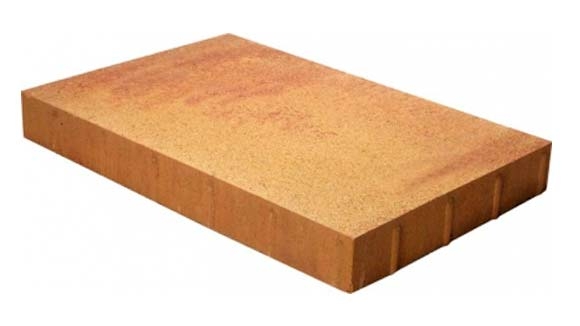.jpg?width=770&height=404&quality=100&fit=bounds&dpr=1)
Do you want to know more about The Concrete Block Manufacturing Process?
Concrete blocks are a type of precast concrete product commonly used in buildings. The blocks are precast, meaning they are manufactured and hardened off-site. Hollow cavities can be found in various concrete blocks, and the sides can be cast plain or ornamented.
The Romans were the first to employ concrete mortar for laying sculpted stone in buildings around 200 B.C. The Roman Emperor Caligula used small concrete blocks as building material in modern-day Naples, Italy, between 37 and 41 A.D. The collapse of the Roman Empire in the fifth century wiped out all the civilization"s advanced concrete technology. Portland cement was invented in 1824 by English stonemason Joseph Aspdin.

Concrete Blocks Manufacturing Process
1º Mixing
A conveyor belt moves the sand and gravel to the storage containers. It is typically stored in enormous, vertical silos to keep Portland cement dry. The first step in the manufacturing process is to load the required quantity of raw materials (sand, gravel, and cement) into a weigh batcher, either by gravity or utilizing a mechanical structure.
The ingredients are blended for a few minutes in a stationary mixer. Mixers include planetary and pan mixers. After blending, water is added. A chiller or heater may be needed to maintain water temperature in excessive heat or cold. This technique takes 6–8 minutes and may use admixture chemicals or dyes.
2º Molding
Once combined, the material is loaded onto an incline conveyor for transfer via an elevated hoister. After the transfer, the mixing process starts over. The quantity of concrete going into another hopper is controlled. The molds in a block machine, which consists of an exterior mold box with many mold liners, are then filled with concrete and pressed into the molds.
The liners define both the exterior and interior geometry of the block. Blocks are compacted and loaded onto a flat steel pallet before being transported on a chain conveyor and cleaned by a spinning brush.
3º Curing
A robotic stacker moves pallets of blocks to a curing rack. Hundreds of blocks can be stored in each rack. Once the rack is complete, a rail system is built so that it may be transferred to a curing kiln. Kilns are typically low-pressure steam kilns that can hold multiple racks—the blocks firm in the kiln at room temperature after three hours.
Steam steadily raises the temperature during curing, which can take 24 hours. The steam is turned off after reaching the ideal temperature, and the blocks sit in the hot, humid air. Afterward, they are kiln-dried at high temperatures.
4º Cubing
After curing, the blocks are rolled out of the kiln and unloaded onto a chain conveyor in pallets. Pushing these off a steel pallet recycles them into blocks. Molding and splitting two blocks with a splitter creates a rough, stone-like block. A cuber will line up all the blocks and stack them into a three-by-six-by-three or four-by-four cube. The forklift takes them outside, where they will be kept indefinitely.
.jpg)
Conclusions about The Concrete Block Manufacturing Process
Your concrete block Manufacturing Process plan and the machinery you decide to use will depend on factors like supply and demand in your area. Concrete brick & block factories must closely monitor their production to ensure that their finished products have the desired qualities.
Electronic weighing of ingredients before addition to mixer. Ultrasonic sensors can automatically determine the amount of water present in a sample of sand or gravel.

